Heritage and Historic Trail
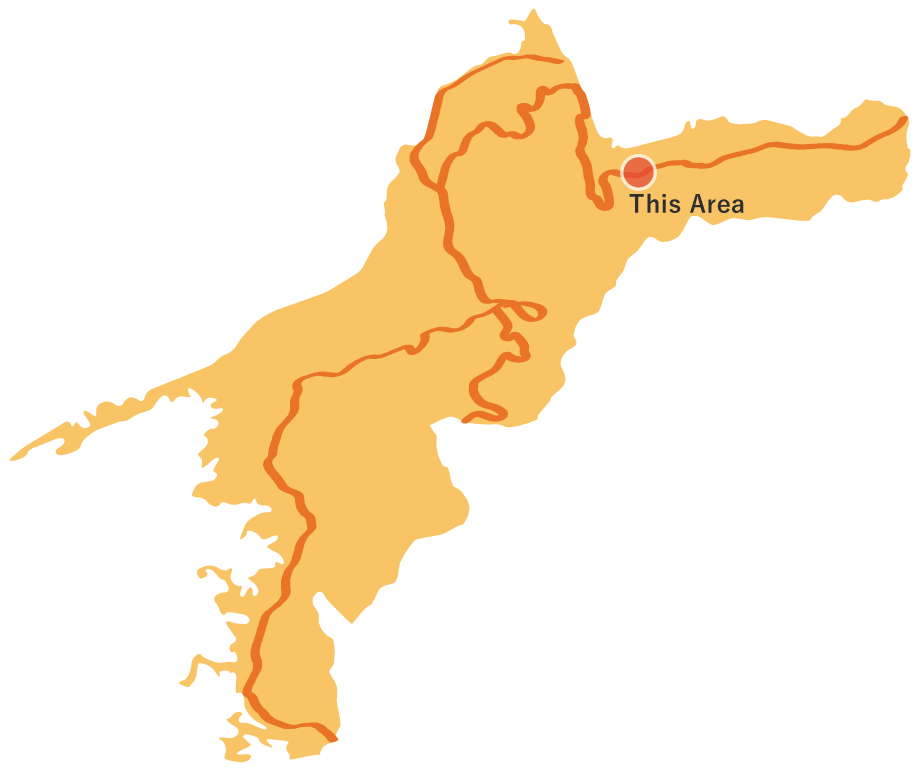
Heritage and Historic Trail
This course is a history-filled walking path that runs along an old road on the mountain from the former Komatsucho to the Kamo River. In addition to the No. 63 Kichijoji Temple and No. 64 Maegamiji Temple among the 88 Shikoku Sacred Places, there are large shrines typical of this area such as the Ishizuchi Shrine and Isono Shrine. On the way, you can allay the fatigue from your trip at Yunotani Hot Spring, one of the three ancient hot springs of Iyo.
Heritage and Historic Trail(7.8km)

 Spots to photograph
Spots to photograph
If you wish to receive a certificate, please take a photo that includes yourself at the designated photo point for each course.
Nearby sightseeing spots

-
1
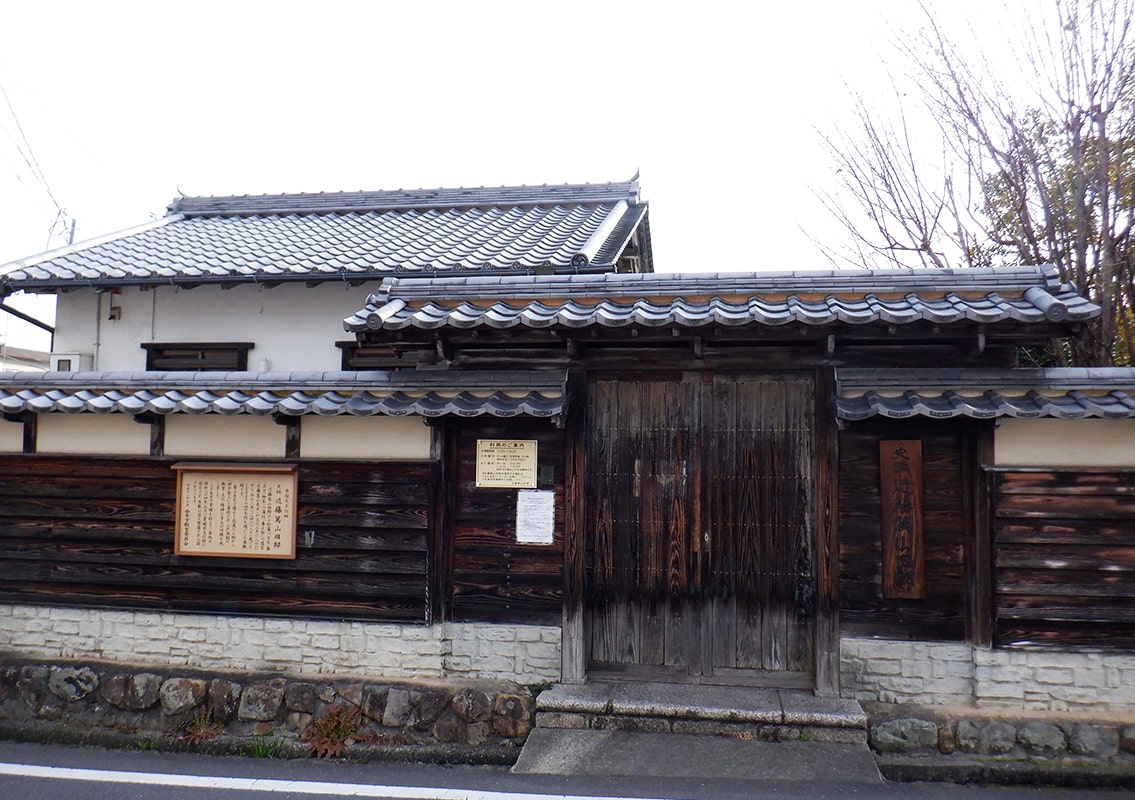 Kondo Tokuzan’s Former Residence
Kondo Tokuzan’s Former ResidenceKondo Tokuzan (1766-1846) was a Confucian scholar of the Komatsu clan who devoted himself to mentoring within the Komatsu domain. The former residence where Kondo Tokuzan lived for 40 years is a cultural property designated by the prefecture. It retains its great appearance from back then and conveys the life of Iyo Seijin to the present generation.
-
2
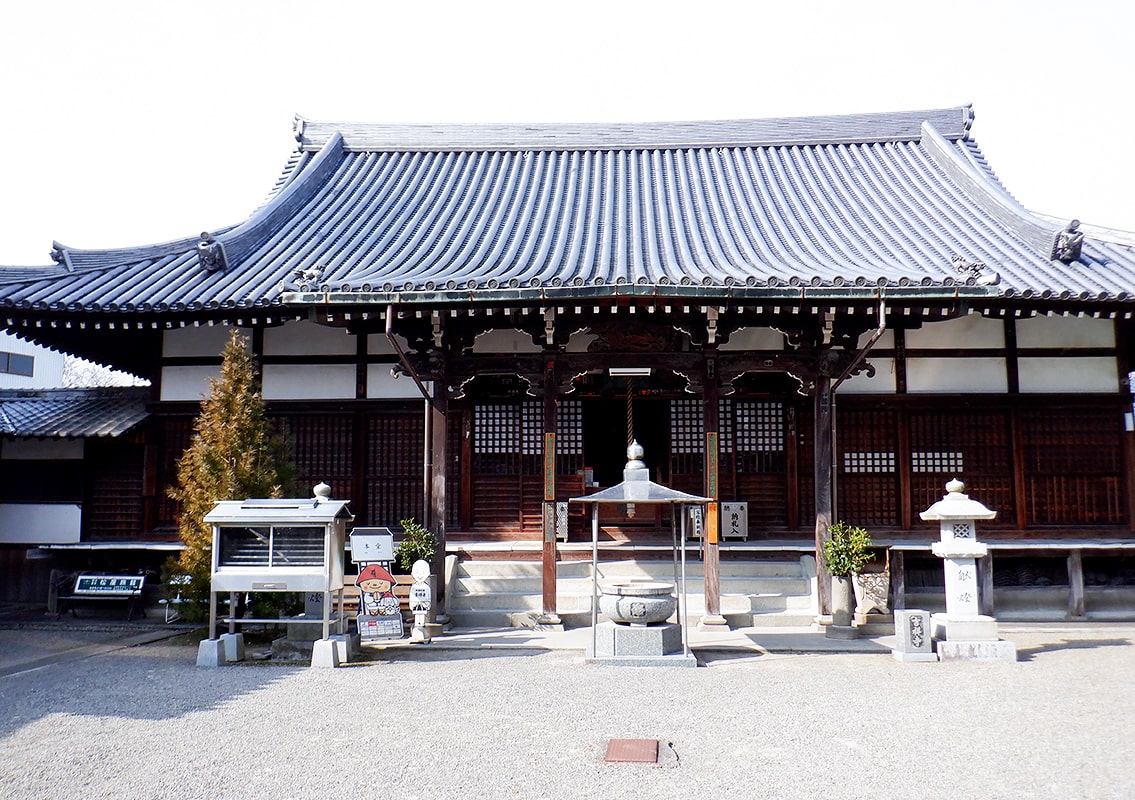 No. 63 Kichijoji Temple
No. 63 Kichijoji TempleThe 63rd Kichijoji Temple is the only temple among the 88 Shikoku sites whose principal image is Bishamonten. It was reportedly founded by Kobo Daishi in the early Heian period. It is said that when Kobo Daishi passed by, he found a cypress that gave off a mysterious light. He then carved and enshrined in it the principal image of Bishamonten, the flanking Buddha Kichijoten, and Zen Nishi Doji. Joujyuseki, a stone with a hole in front of the main hall. It is said that your wish will come true if you thrust in a pilgrim's staff with your eyes closed.
-
3
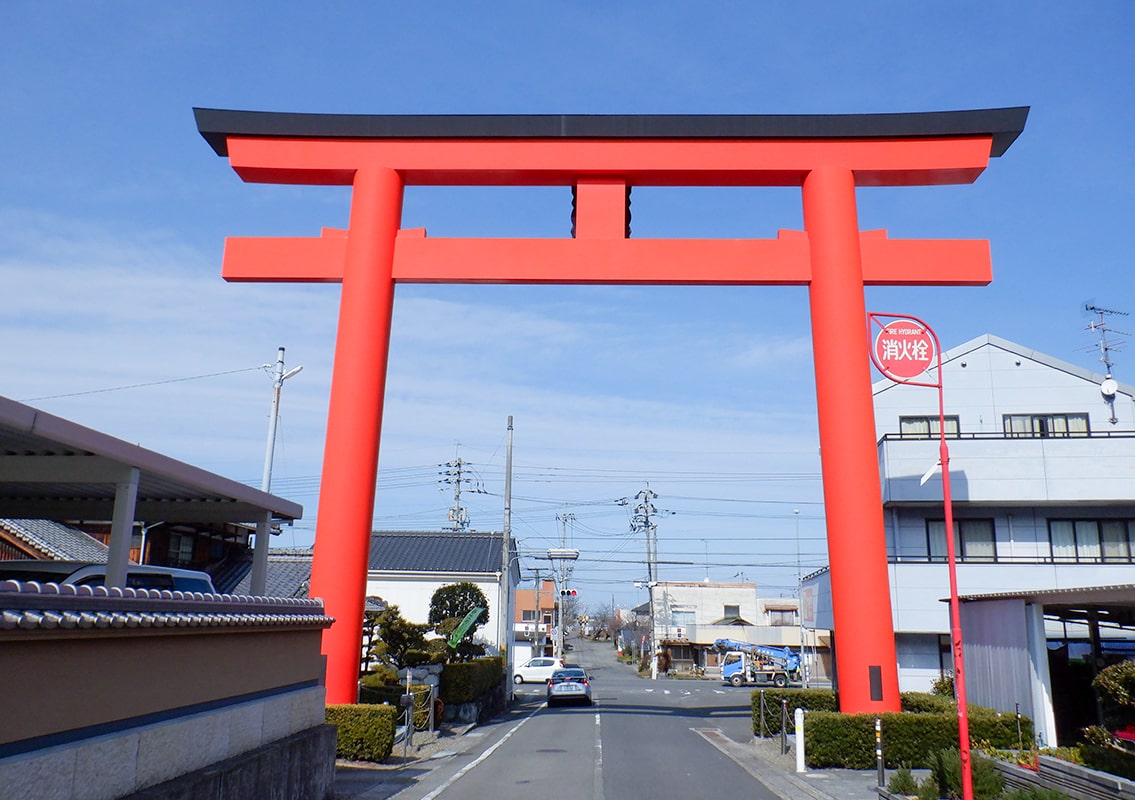 Ishizuchi Shrine Gate
Ishizuchi Shrine GateWorshipers coming from National Highway No. 11 or JR Yosan Line Ishizuchiyama Station toward the mountain side are welcomed by a large vermilion gate.
-
4
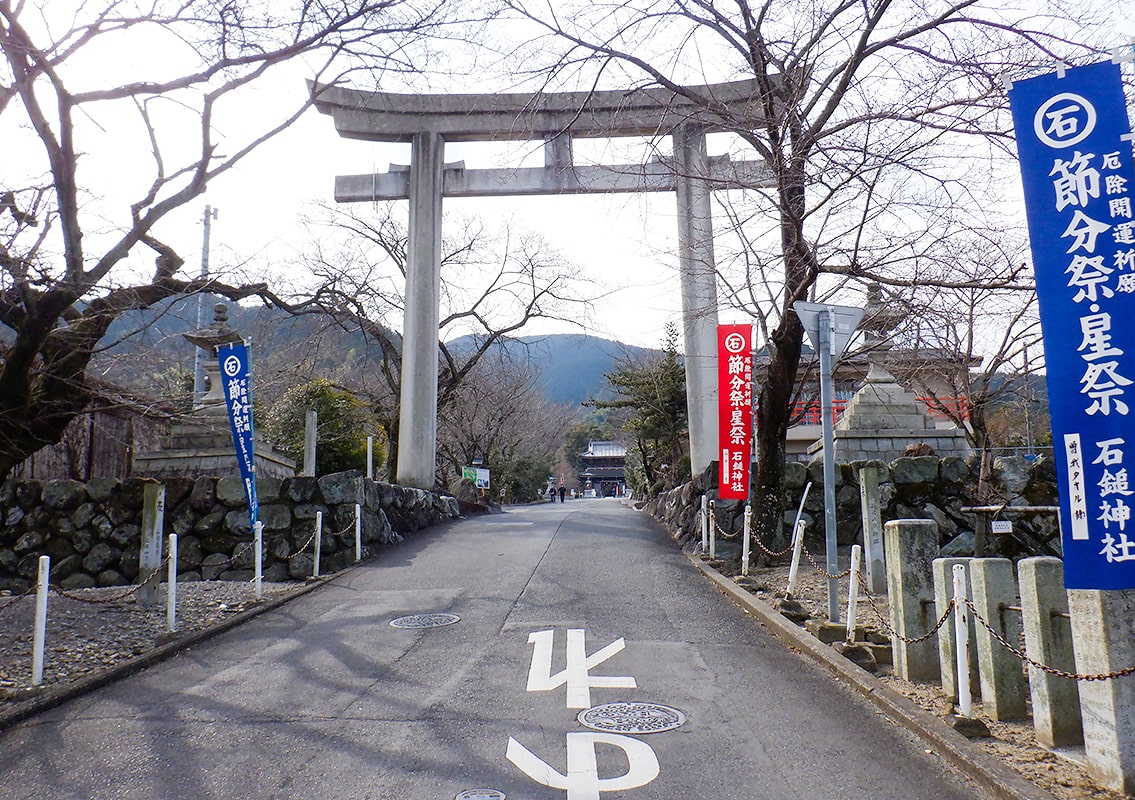 Ishizuchi Shrine
Ishizuchi ShrineIshizuchi Shrine faces Mt. Ishizuchi, one of the seven sacred mountains in Japan and the highest in western Japan. Ishizuchi Shrine is a general term for four shrines: the head shrine, the Joujusha shrine located halfway up Mt. Ishizuchi, the Tsuchigoya Hall of Worship, and the Chojosha shrine located on top of Mt. Ishizuchi. The ancient god Ishizuchi is enshrined and worshiped at home and abroad as a god of wish fulfillment, especially as a god of family safety, good luck for exterminating evil, healing of illness, and traffic safety.
-
5
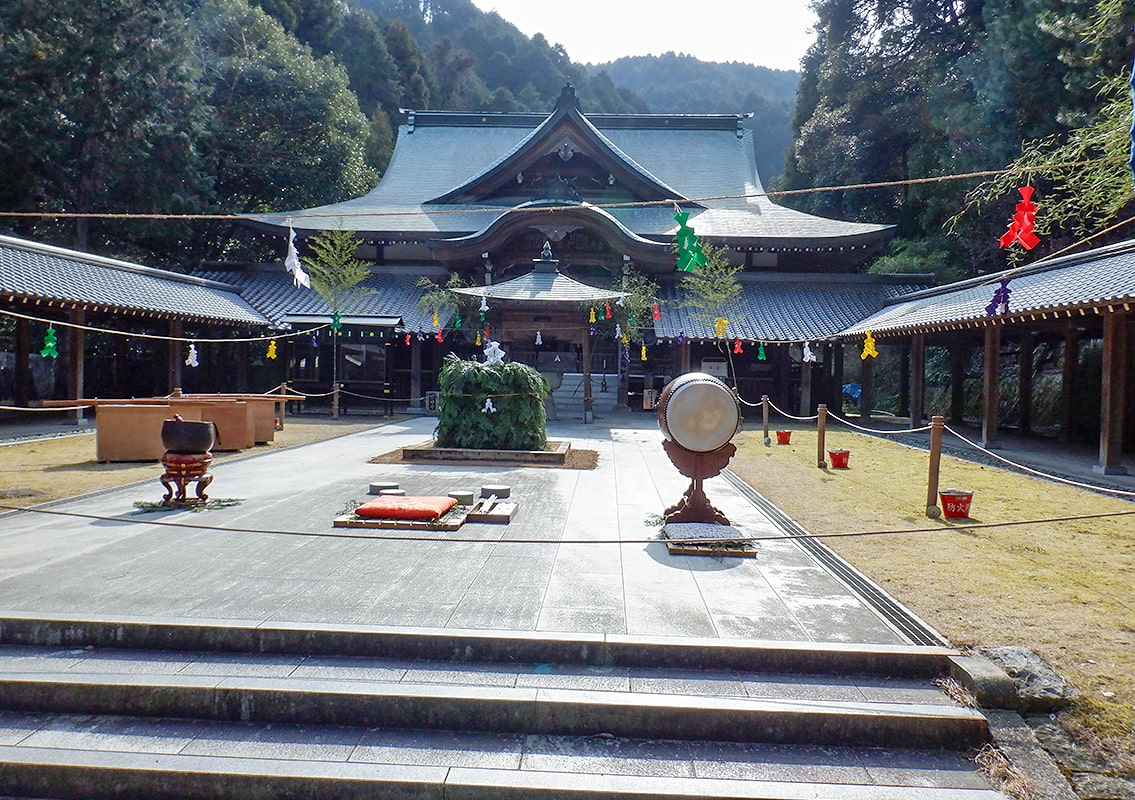 No. 64 Maegamiji Temple
No. 64 Maegamiji TempleThe No. 64 Maegamiji Temple is a sacred place at the foot of Mt. Ishizuchi (elevation 1982 m), one of the Seven Sacred Mountains of Japan. The No. 64 Maegamiji Temple is the head temple of the Shingon Buddhist sect, and is also the central training center of Shugendo. The principal image is Amida Nyorai, who is known to bring paradise, peace, and security in this world. Cherry blossoms are planted in the precincts of Maegamiji Temple, and they bloom beautifully in the spring. In particular, the road from Somon near the parking lot to the precincts is lined with cherry blossom trees, which cleanse the soul.
-
6
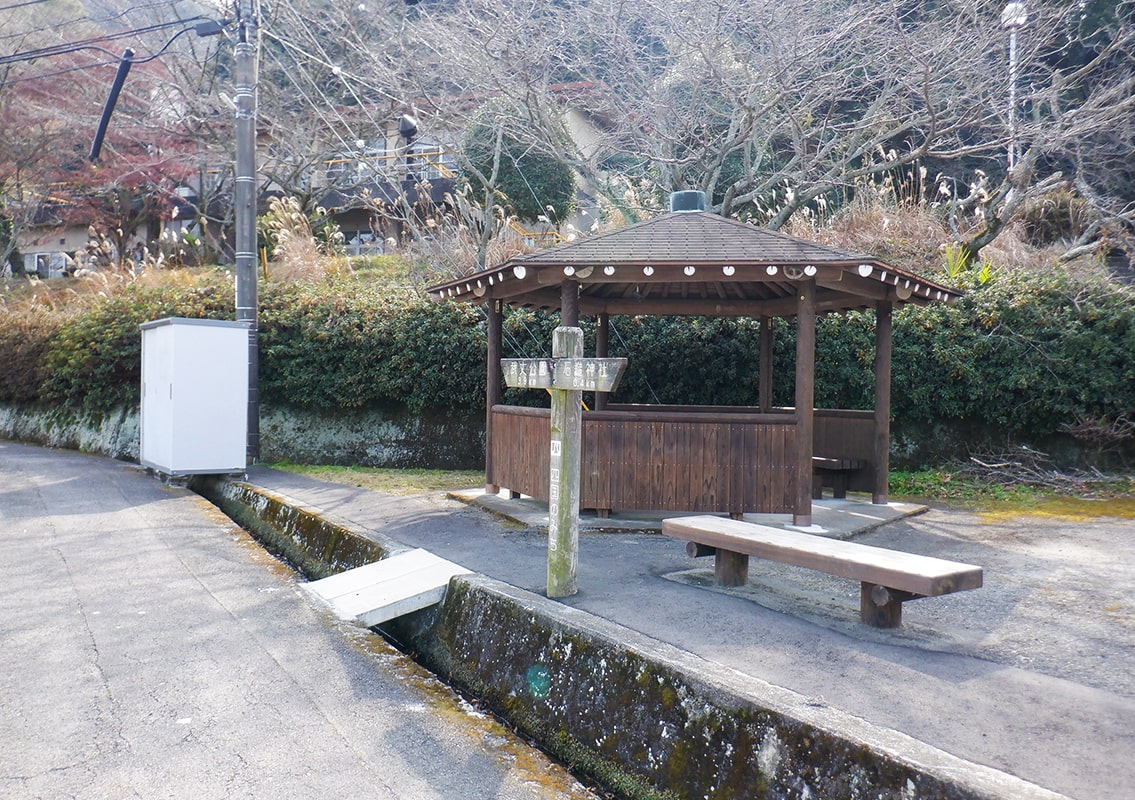 Saijo Rest Area
Saijo Rest AreaSaijo Rest Area is near Maegamiji Temple. There is a pavilion and benches. Below you can see the panoramic view of the countryside of Saijo.
-
7
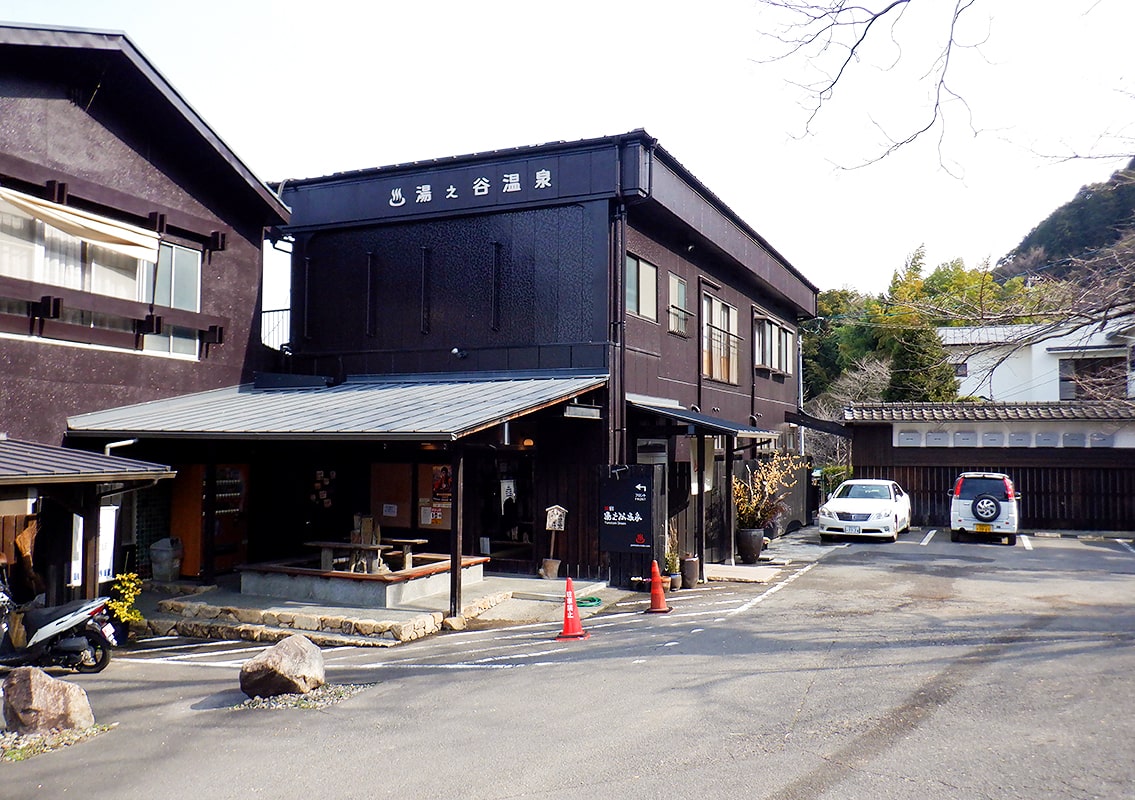 Yunotani Hot Spring
Yunotani Hot SpringYunotani Hot Spring is one of the typical old hot springs of Iyo. A recuperation hot spring with a history of 1400 years. It's a cold mineral spring containing sodium, chloride, and hydrogen carbonate (hypotonic weakly alkaline cold mineral spring), as well as sulfur. The water that springs up is colorless and transparent, but flowers of sulfur may appear and turn it white. You can see the fine flowers of sulfur swirling around like snow. You can take a day trip to the hot spring, and there is also a footbath.
-
8
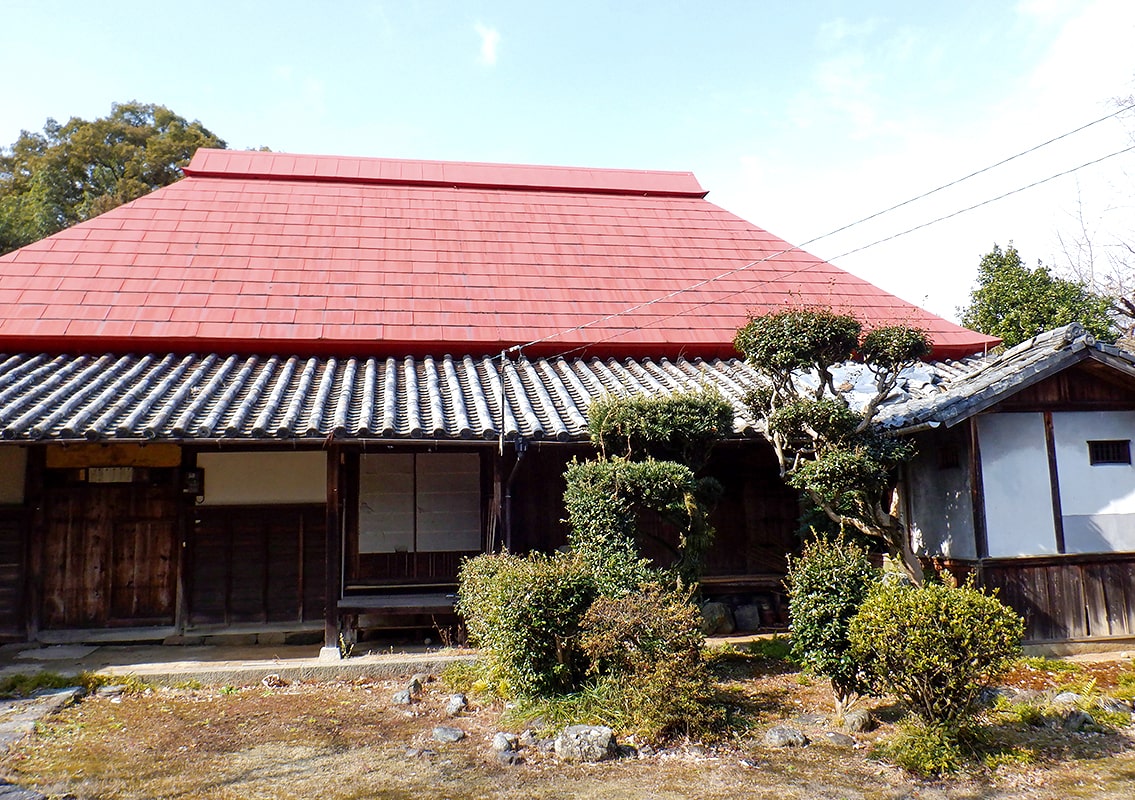 Doigamae Remains
Doigamae RemainsDoigamae was supposedly the site of the residence of the owner of Takatoge Castle, which was located behind. During the Edo period, the Kumon family were village headmen for generations, which has continued to this day. It is extremely rare for a medieval castle and residence to exist as one, so it is designated as a prefectural historic site. You can sense the history, as if you had traveled back in time to the Middle Ages.
-
9
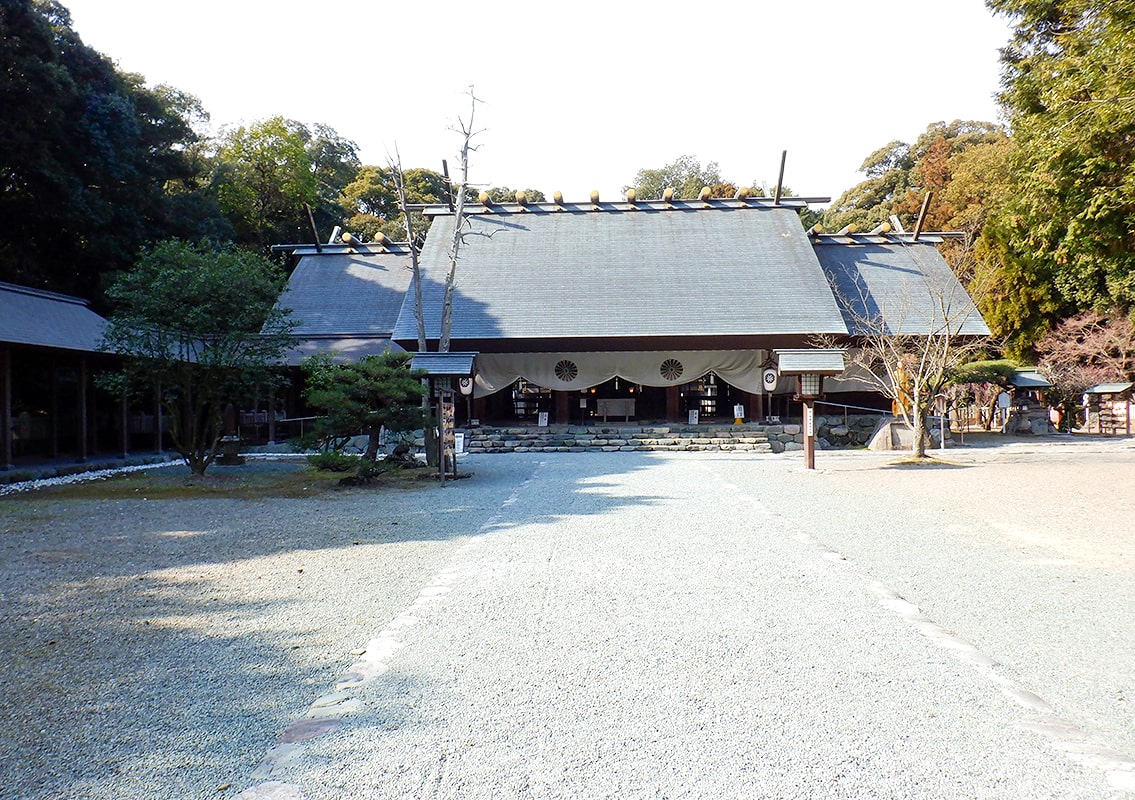 Iso Shrine
Iso ShrineIso Shrine enshrines Prince Amaterasu Omikami and Prince Takekunikoriwake no Mikoto, the ancestor of national land development. It has a long history of more than 1800 years since its time as the Imperial Palace. The shrine is known for the consecration of the largest danjiri cart at the gorgeous "Saijo Festival".
-
10
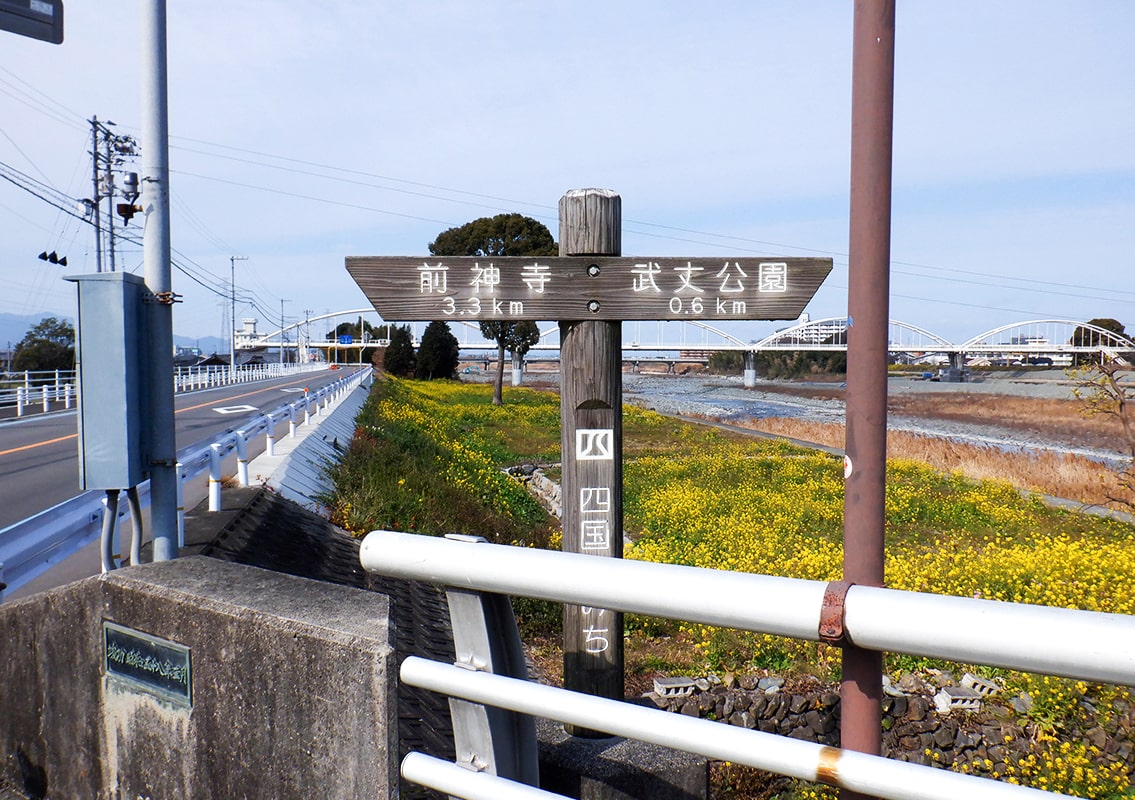 Iso Bridge
Iso BridgeThe course ends here. The next destination, Bujo Park on the other side of the Kamo River, is just around the corner.



